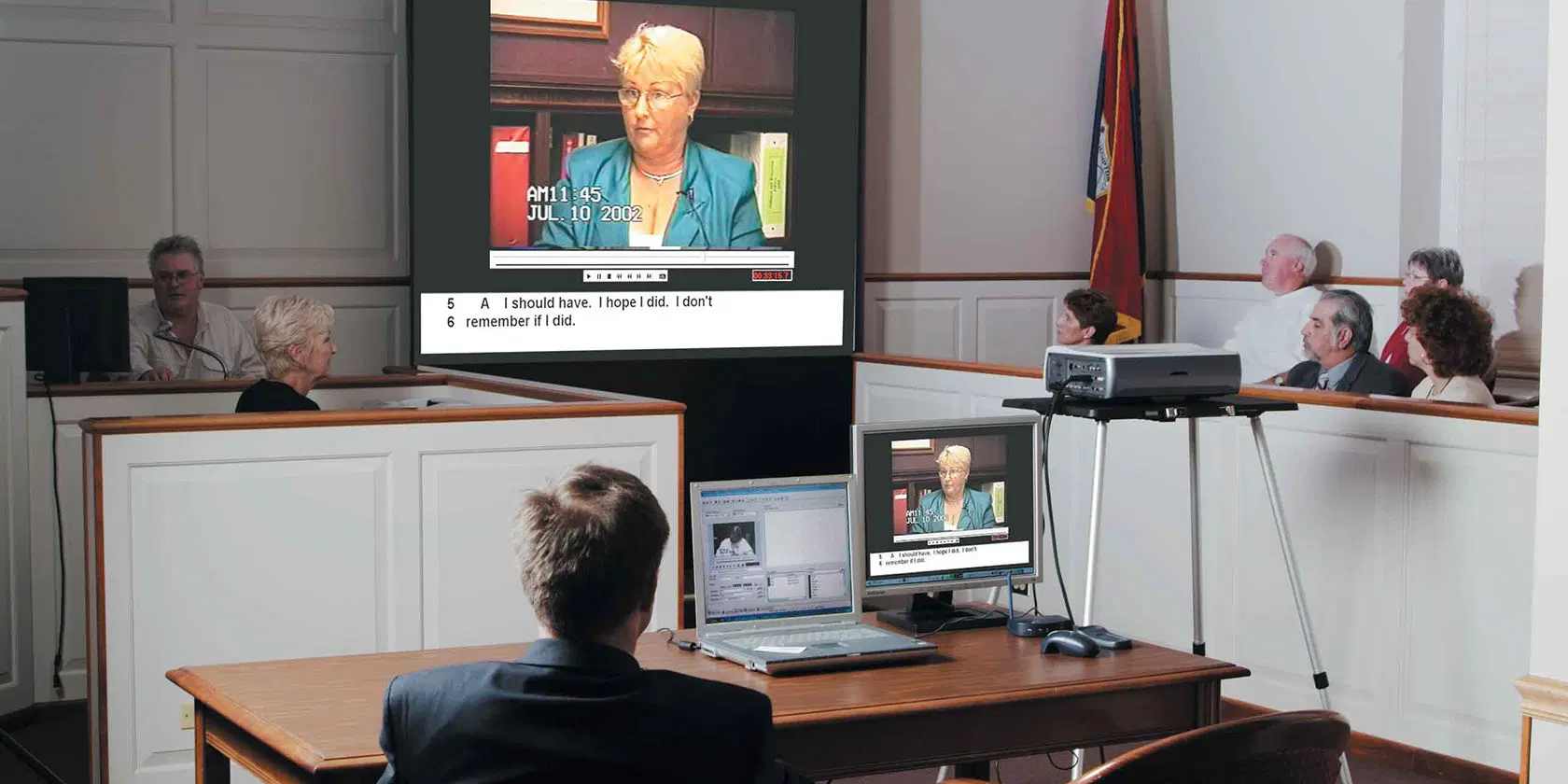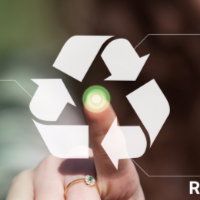Why Strong Trial Presentations Are Key to Legal Success
The importance of strong trial presentations can not be overstated in the realm of legal practice. These presentations act as the primary vehicle for conveying arguments and proof, basically forming juror assumptions and affecting their decision-making procedures. A well-crafted story, improved by tactical visual aids and emotional involvement, cultivates an extensive link with jurors, eventually affecting their understanding of the case. The nuances of efficiently adapting these discussions to diverse juror backgrounds present complexities that merit more expedition, especially in the context of achieving desirable results in trials.
Value of Effective Interaction
How can reliable communication form the result of a lawful trial? Reliable communication is extremely important in a legal setup, as it serves as the avenue where arguments, evidence, and lawful concepts are communicated to discretionary. Clear articulation of facts and lawful precedents permits a persuasive presentation that can significantly affect the decision-making procedure. In the courtroom, the capability to existing complex details in an available fashion is important, as court participants may not possess a legal history.
Moreover, effective communication promotes connection and trust fund in between lawyers and their customers, enhancing collaboration and making sure that all celebrations are straightened in their purposes. It additionally plays a crucial function in jury selection and interaction, where the capability to get in touch with jurors can affect their receptiveness to the situation. Furthermore, non-verbal interaction, such as body language and eye get in touch with, adds to the general impression an attorney makes, reinforcing verbal messages.
Inevitably, understanding reliable interaction can bring about an extra engaging and meaningful presentation, enhancing the possibility of a beneficial verdict. Thus, legal representatives have to focus on refining their communication skills as a cornerstone of their test prep work and technique.

Crafting a Compelling Story
Reliable interaction prepares for crafting a compelling narrative in legal trials. A well-structured narrative not just involves the court yet additionally clarifies complex legal issues. The goal is to provide the truths in such a way that reverberates mentally and practically with the target market, permitting them to recognize the instance from the customer's viewpoint.
To attain this, lawyers need to recognize the main motif or message of the instance, which acts as the foundation of the narrative. Each piece of evidence and witness testimony should be woven into this motif, enhancing it as opposed to interfering with it. This produces a cohesive storyline that is easy for the jury to adhere to.
In addition, using relatable personalities-- be it the plaintiff, defendant, or key witnesses-- can humanize the instance, making it extra remarkable. Lawyers should also take into consideration the pacing of their narrative, guaranteeing that crucial moments are highlighted which the story unravels in a logical development.
Ultimately, a compelling narrative transforms the presentation of facts right into an influential disagreement, assisting the jury toward a beneficial conclusion while making certain that the complexities of the legal system continue to be available and easy to understand.
Using Visual Help
Visual help play an important role in boosting the comprehension and retention of details throughout legal trials. By presenting complicated data and disagreements visually, lawyers can simplify complex details, making them a lot more available to jurors. Graphes, graphs, and pictures can effectively show key factors, enabling jurors to comprehend essential truths quickly.
Using aesthetic aids not only help in quality however additionally engages the audience's interest. Jurors are more probable to bear in mind information provided aesthetically than via verbal explanations alone. For example, showing timelines through visual depictions can make clear the sequence of events, assisting jurors recognize the context internet of the case.
Moreover, visual aids can assist to highlight variations forthcoming, making them extra pronounced. When used tactically, they can highlight the stamina of the debate or reveal weak points in the rival side's instance. trial presentations. Using technology, such as interactive presentations or animations, can even more improve interaction and understanding
Engaging the Jury Mentally
Typically, successful trial presentations require more than just logical disagreements and accurate evidence; they should likewise resonate on an emotional level with jurors. Involving the court psychologically can dramatically affect their understanding of the situation and their supreme verdict. By crafting a narrative that humanizes the parties entailed, lawyers can produce an emotional connection that urges jurors to feel sorry for the customers' experiences.
To accomplish this, lawyers find here should concentrate on narration methods that highlight the personal risks and real-life effects of the situation. This may entail sharing emotional narratives or utilizing effective visuals that evoke feelings of concern, rage, or sadness. Such elements can aid jurors see beyond the useful content lawful complexities and comprehend the human dimensions of the scenario.
Furthermore, the use of tone, body movement, and eye get in touch with during the presentation can better improve emotional involvement. A lawyer's authenticity and interest can resonate with jurors, making them extra receptive to the arguments existing. Ultimately, when jurors really feel mentally bought a situation, they are more probable to remember the key messages and provide a beneficial judgment. Thus, psychological engagement is a critical element of an engaging trial discussion.
Adapting to Target Market Assumptions
Understanding the expectations of the court is essential for a successful test discussion. Jurors come with presumptions affected by personal experiences and societal narratives, which can substantially influence their decision-making. Customizing your discussion to straighten with these assumptions can enhance your persuasive power.

In addition, establishing integrity is paramount. Jurors expect lawyers to existing evidence and disagreements that are not just engaging but likewise morally sound - trial presentations. This includes being clear concerning the strengths and weaknesses of your situation, which cultivates trust and respect
Finally, expect jurors' inquiries and problems. Resolving possible uncertainties proactively shows an understanding of their viewpoint and a dedication to quality. By adjusting your discussion to fulfill target market assumptions, you produce a more compelling narrative, ultimately enhancing the opportunities of a favorable judgment.

Final Thought
Finally, strong test discussions are vital to accomplishing legal success. Reliable interaction, a compelling narrative, critical usage of visual help, psychological interaction with the jury, and adjustment to audience expectations jointly improve juror understanding and retention of crucial details. These components not only develop the integrity of today party yet likewise significantly affect juror perceptions and decision-making. As a result, understanding the art of trial presentation is important for lawful specialists intending to safeguard desirable results.